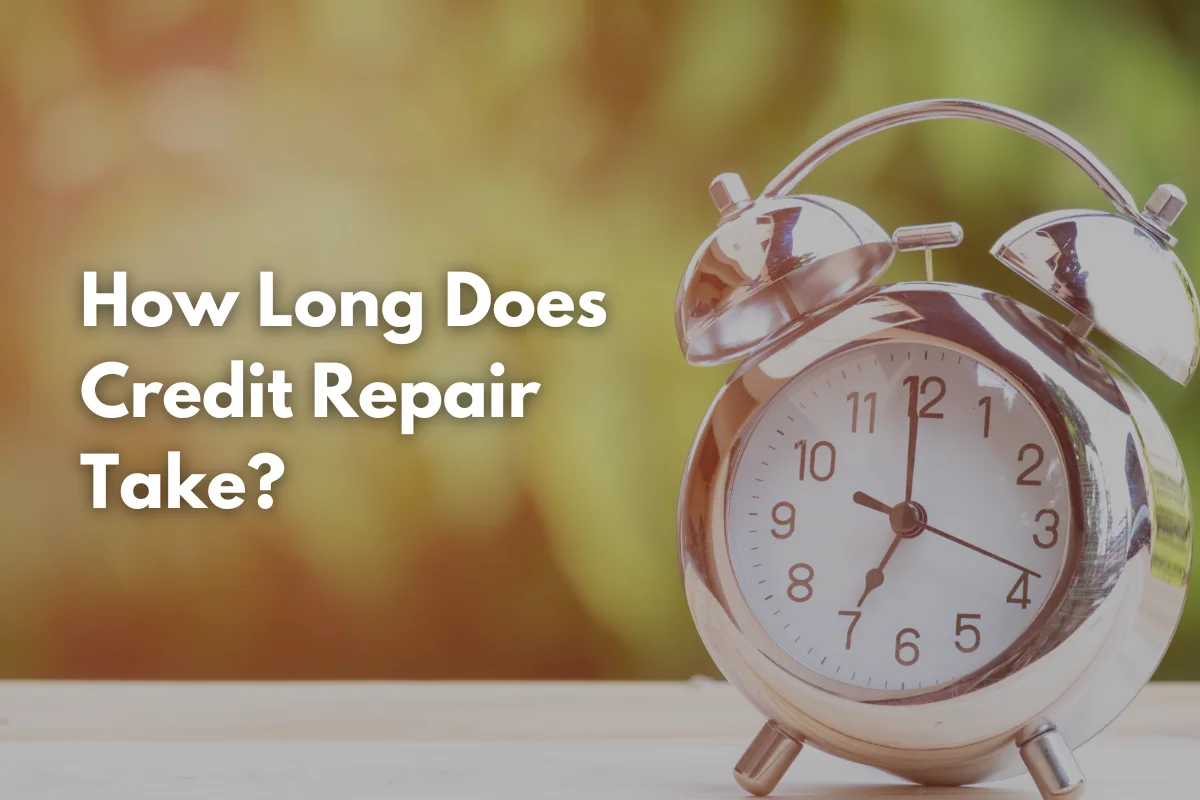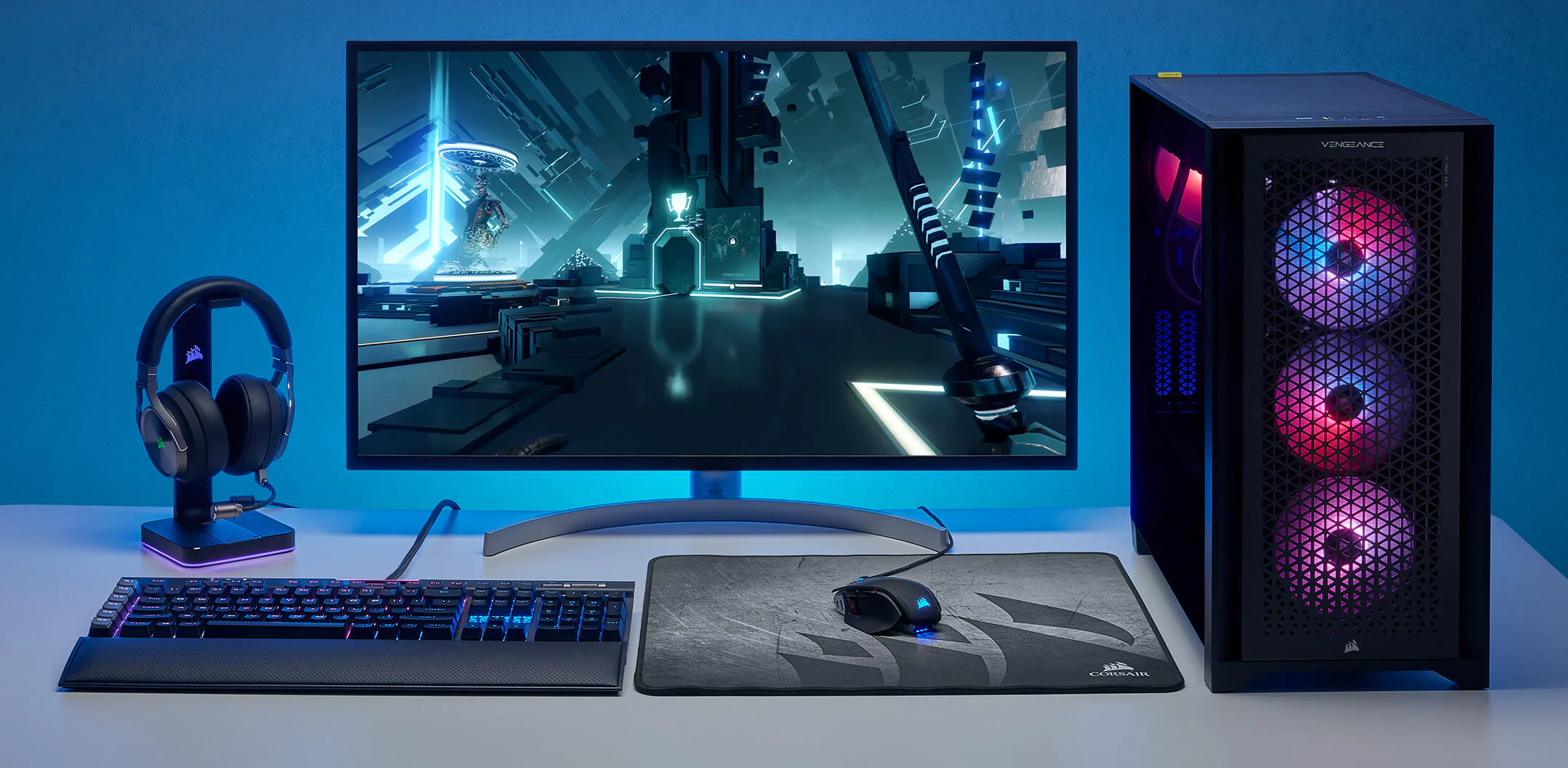A stroke is a sudden and life-altering medical emergency that occurs when blood flow to the brain is interrupted or reduced, depriving brain tissue of oxygen and nutrients. For survivors, the journey does not end with emergency treatment. Recovery can be long and challenging, requiring structured rehabilitation to restore independence, improve quality of life, and prevent complications. Post-stroke rehabilitation is the cornerstone of this journey.
This comprehensive guide explores the goals, stages, therapies, and strategies involved in post-stroke rehabilitation, offering insights for patients, families, and caregivers.
Understanding the Importance of Post-Stroke Rehabilitation
Stroke often leaves survivors with a wide range of physical, emotional, and cognitive challenges. Depending on which part of the brain was affected, individuals may experience:
- Weakness or paralysis, often on one side of the body
- Difficulty speaking or understanding language (aphasia)
- Memory loss and cognitive impairments
- Vision problems
- Difficulty swallowing (dysphagia)
- Emotional challenges such as depression, anxiety, or frustration
Post-stroke rehabilitation is designed to help patients regain as much function as possible, compensate for permanent deficits, and learn new ways of performing daily activities.
The goals of rehabilitation vary depending on the severity of the stroke, the individual’s health before the stroke, and the speed of treatment. Ultimately, the aim is to maximize independence and help survivors return to meaningful, fulfilling lives.
When Does Rehabilitation Begin?
Rehabilitation typically starts as soon as the patient’s condition stabilizes—often within 24 to 48 hours after a stroke. Early intervention is critical because the brain has an incredible ability to adapt and reorganize itself, a phenomenon called neuroplasticity. The sooner rehabilitation begins, the better the chances of regaining lost skills.
The Stages of Post-Stroke Rehabilitation
Post-stroke rehabilitation unfolds in stages, often beginning in the hospital and continuing for months or even years.
1. Acute Care Stage
Immediately after a stroke, treatment focuses on saving the patient’s life, preventing complications, and minimizing brain damage. Once stabilized, doctors assess the impact of the stroke to design a rehabilitation plan.
2. Inpatient Rehabilitation
After hospital discharge, many patients enter an inpatient rehabilitation facility. Here, they receive intensive, coordinated therapy from a team of specialists, often for several hours each day.
3. Outpatient Rehabilitation
When patients are strong enough to return home but still need therapy, they may attend outpatient programs. These allow survivors to continue structured rehabilitation while resuming aspects of daily life.
4. Home-Based Rehabilitation
For patients with mobility limitations or milder deficits, home-based therapy may be appropriate. Therapists visit the home to continue exercises and train caregivers to assist effectively.
5. Long-Term Recovery
Recovery after a stroke can take years. Some patients continue to make progress long after their initial rehabilitation program, particularly if they remain engaged in therapy, exercise, and mental stimulation.
Key Components of Stroke Rehabilitation
Stroke rehabilitation is multidisciplinary, involving medical professionals, therapists, caregivers, and the patient working together.
1. Physical Therapy
Physical therapists focus on restoring mobility, balance, and strength. Common techniques include:
- Range-of-motion exercises to prevent stiffness
- Strength training to rebuild weakened muscles
- Gait training to help patients walk again
- Balance activities to reduce fall risk
2. Occupational Therapy
Occupational therapists help survivors relearn everyday activities such as dressing, bathing, cooking, and managing finances. They may also recommend adaptive devices—grab bars, specialized utensils, or modified furniture—to support independence.
3. Speech and Language Therapy
Strokes often damage areas of the brain that control language and communication. Speech therapists address:
- Aphasia (difficulty understanding or producing speech)
- Dysarthria (slurred speech due to muscle weakness)
- Cognitive-communication disorders
- Swallowing difficulties
4. Cognitive Rehabilitation
Cognitive therapists work on memory, problem-solving, attention, and organizational skills. They may use puzzles, computer-based programs, or structured tasks to strengthen brain function.
5. Psychological and Emotional Support
Depression and anxiety are common after a stroke. Counseling, support groups, and, in some cases, medication help patients cope emotionally. A positive mindset is strongly linked to better recovery outcomes.
6. Nutritional Counseling
Diet plays a vital role in recovery and preventing future strokes. Nutritionists guide patients toward heart-healthy eating patterns rich in fruits, vegetables, lean proteins, and whole grains, while limiting salt, sugar, and unhealthy fats.
Innovative Approaches in Stroke Rehabilitation
Advances in medical technology are revolutionizing stroke recovery. Some promising therapies include:
- Robotic Therapy: Machines that guide arm or leg movements to promote muscle retraining.
- Virtual Reality (VR): Interactive games and simulations to engage patients in fun, goal-oriented exercises.
- Constraint-Induced Movement Therapy (CIMT): Encouraging the use of the affected limb by restricting the unaffected one.
- Electrical Stimulation: Using small electrical currents to stimulate weak muscles.
- Tele-rehabilitation: Virtual therapy sessions that bring rehabilitation to patients at home.
The Role of Caregivers in Rehabilitation
Caregivers are central to a stroke survivor’s recovery. Their responsibilities often include:
- Assisting with daily activities such as bathing, eating, and mobility
- Ensuring medication compliance
- Providing emotional support and encouragement
- Monitoring health and recognizing signs of complications
- Coordinating with healthcare professionals
Because caregiving can be physically and emotionally demanding, caregivers should also seek support for themselves through respite care, counseling, or support groups.
Preventing Secondary Strokes
After an initial stroke, survivors are at higher risk of experiencing another. Rehabilitation programs often emphasize secondary prevention strategies such as:
- Managing high blood pressure, diabetes, and cholesterol
- Quitting smoking and limiting alcohol intake
- Maintaining a healthy weight
- Engaging in regular exercise
- Following prescribed medications consistently
Living Well After a Stroke
Although the road to recovery is challenging, many survivors regain independence and find new purpose in life. Patience, persistence, and a strong support system are essential. Engaging in hobbies, social activities, and community programs can also boost mental well-being and quality of life.
For individuals and families seeking professional guidance in recovery, neurological clinics such as https://www.neuro-outaouais.com/ provide expert care tailored to stroke rehabilitation and other neurological conditions.
Final Thoughts
A stroke changes lives in an instant, but with comprehensive rehabilitation, many survivors can rebuild their strength, independence, and confidence. Post-stroke rehabilitation is not a quick fix; it is a continuous journey that requires time, commitment, and collaboration between patients, caregivers, and healthcare professionals.
The combination of early intervention, evidence-based therapies, emotional support, and healthy lifestyle choices creates the best opportunity for recovery. While every journey is unique, the goal remains the same: helping stroke survivors live fulfilling lives after one of the most significant health challenges they may ever face.









